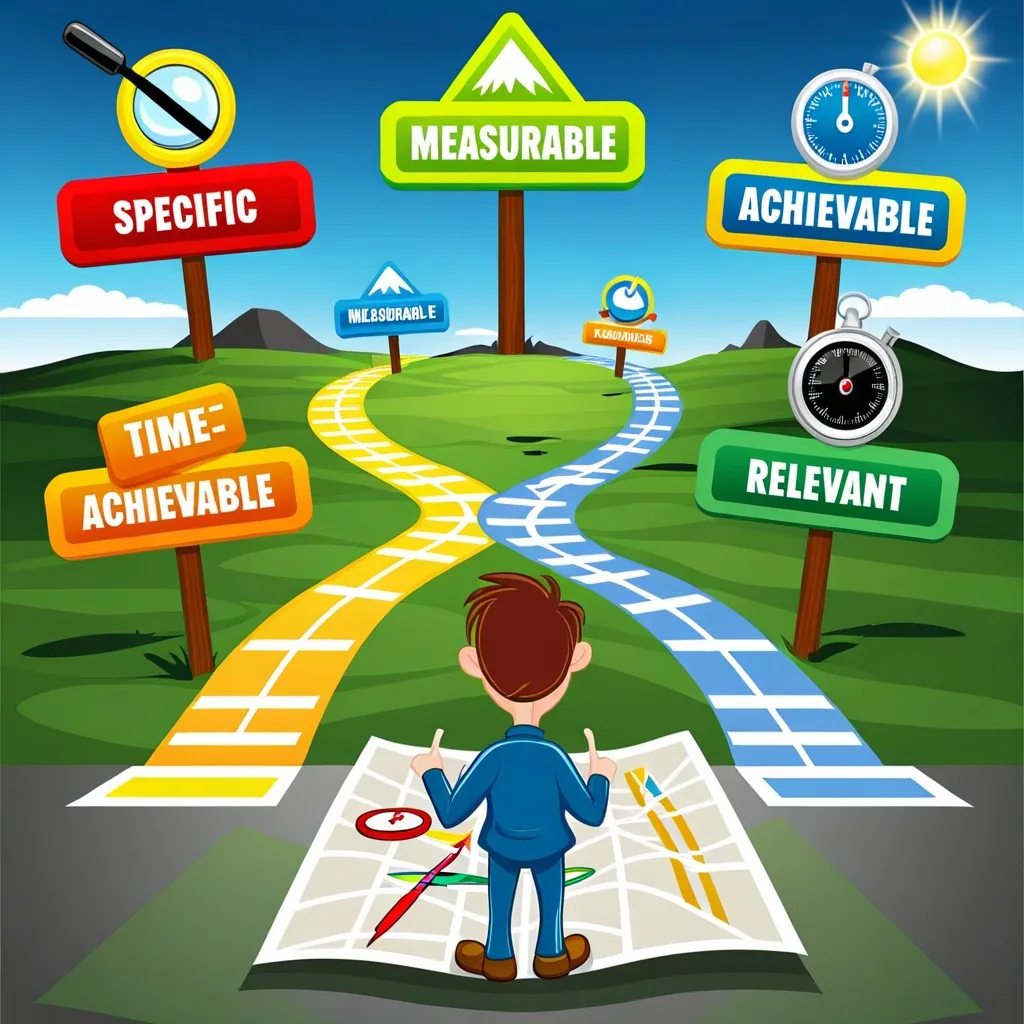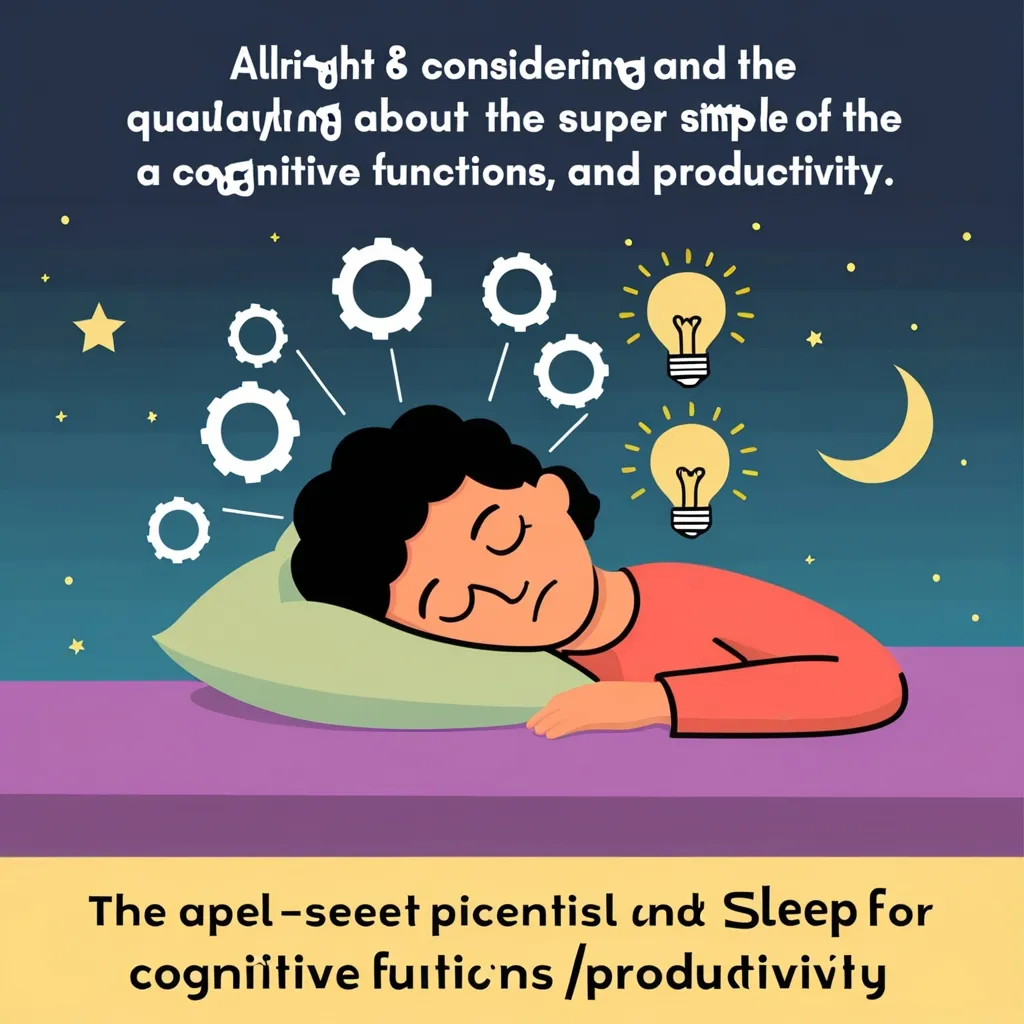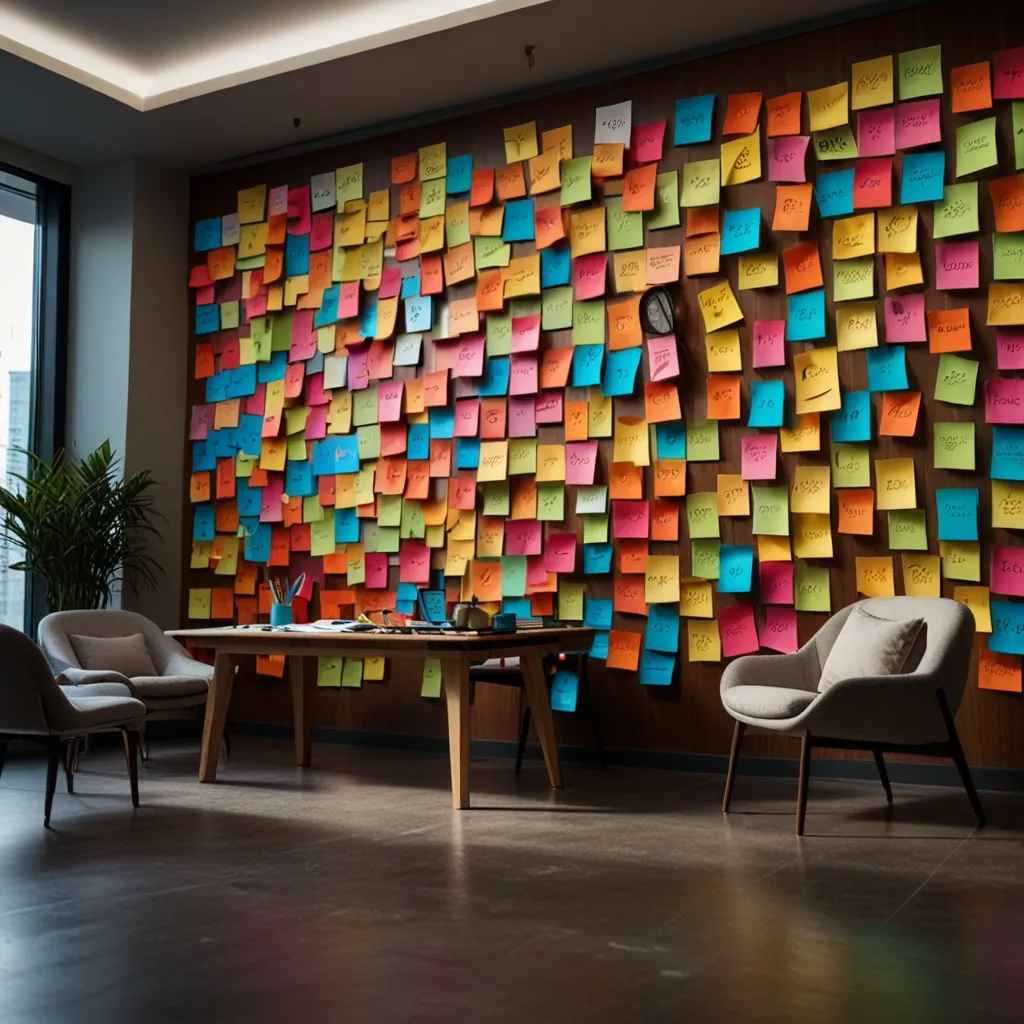In the hustle and bustle of our daily lives, it’s easy to get trapped in a routine that feels more like a prison than a pathway to creativity. Our schedules are often packed with tasks, meetings, and deadlines, leaving little room for the unexpected. However, what if we told you that there’s a way to turn your schedule into a catalyst for spontaneous creativity and innovation? This approach is all about embracing serendipity – the art of making valuable discoveries by accident.
The Power of Serendipity
Serendipity is not just about luck; it’s a deliberate process of creating opportunities for unexpected encounters and insights. Steve Jobs, the co-founder of Apple, was a strong advocate for the importance of serendipity in fostering creativity. He believed that spontaneous meetings and random discussions were crucial for generating new ideas. In his vision for Apple’s headquarters, he designed the space to encourage chance encounters among employees, knowing that these interactions could lead to groundbreaking innovations.
Crafting a Schedule for Serendipity
Imagine your day as a canvas, not just a to-do list. Instead of filling every minute with structured tasks, leave some space for the unplanned. This doesn’t mean you should be idle; rather, it’s about allocating time for exploration and creativity. Here’s how you can do it:
Unplanned Exploration
Set aside time each day to dive into something completely new. It could be reading an article on a topic you’ve never explored before, watching a documentary on a subject that fascinates you, or even taking a class in a skill you’ve always wanted to learn. This kind of exploration can lead to unexpected connections and insights that you might not have encountered otherwise.
Brainstorming Sessions
Incorporate quick brainstorming sessions into your day. These can be solo or with a team, but the key is to keep them informal and open-ended. Use techniques like silent ideation followed by idea sharing, round robin discussions, or mind mapping to generate a flurry of ideas. These sessions can be as short as 15 minutes but can lead to significant breakthroughs.
The Power of Walks
Taking a walk without a destination in mind can be incredibly liberating. It allows your brain to wander and make connections that you might not have made while sitting at your desk. This is a practice that many creative individuals swear by. For instance, Steve Jobs was known for his walking meetings, where he would discuss ideas and solve problems while strolling around the campus.
The Role of Collaboration
Collaboration is a key component of serendipity. When diverse minds come together, they bring different perspectives and experiences that can lead to innovative solutions. In the workplace, designing physical spaces that encourage cross-team collaboration is crucial. Open spaces, common areas, and collaboration zones can foster spontaneous interactions that might not happen in a traditional office setup.
For example, the discovery of the DNA structure was a collaborative effort between James Watson, Francis Crick, Rosalind Franklin, and Maurice Wilkins. Their collective input and iterative refinement led to a breakthrough that changed the face of science. Similarly, in the tech world, the development of the iPhone involved the coordinated efforts of engineers, designers, and marketers working together.
Virtual Serendipity
In today’s remote work environment, serendipity might seem like a lost art, but it doesn’t have to be. Organizations are now using technology to manufacture serendipity. Tools like Slack, Google Docs, and virtual whiteboards can facilitate spontaneous conversations and idea sharing across teams. For instance, companies like Five9 have created virtual coffee breaks where employees are randomly paired for short meetings to discuss anything but work. This can lead to unexpected connections and insights that might not have been possible in a traditional office setting.
Cultivating Discovery Interactions
Creating an environment that fosters serendipity is not just about chance encounters; it’s about intentional design. Here are a few strategies to cultivate discovery interactions:
Physical Workspace Design
Design your workspace to encourage cross-team collaboration. Situate teams that need to work closely together near each other. Use open spaces and common areas where employees can exchange ideas freely.
Cross-Discipline Teams
Form cross-discipline teams that bring together diverse skills and perspectives. This can help tackle complex projects and increase the likelihood of serendipitous breakthroughs.
Forging New Connections
Encourage teams to participate in cross-team events, attend new seminars, and engage in open brainstorming sessions. These activities can foster meaningful relationships that spark unexpected insights.
Experimentation and Adaptation
Be open to experimentation and adaptation. Recognize that what works in one context may not work in another, and be willing to adjust strategies based on feedback and evolving needs. A culture of continuous improvement and innovation is essential for optimizing the serendipity-building process.
Personalizing Serendipity
While these strategies can be applied on an organizational level, you can also personalize serendipity in your daily life. Here’s how:
Embrace Spontaneity
Don’t be afraid to take a detour from your planned schedule. If you see something interesting, stop and explore it. Whether it’s a new restaurant, a park, or a museum, these unplanned stops can lead to unexpected discoveries.
Engage in Random Conversations
Strike up conversations with people you meet randomly. It could be a coworker from a different department, a neighbor, or someone you meet at a coffee shop. These conversations can lead to new ideas and perspectives that you might not have encountered otherwise.
Practice Mindfulness
Mindfulness can help you stay open to new experiences and insights. By being present in the moment, you can notice things that you might have otherwise missed. This can lead to a more creative and innovative approach to your work.
The Thrill of Discovery
Serendipity is about reviving the thrill of discovery in our daily lives. It’s about making productivity not just about ticking boxes but about inviting new, unexpected dimensions to our work. By deliberately crafting intervals for unplanned exploration, we allow our brains to make connections that structured planning often misses.
In a world where predictability can sometimes feel suffocating, embracing serendipity can be a breath of fresh air. It reminds us that creativity is not just a solo act but a collective endeavor that thrives in the space between collaboration and conflict. So, the next time you’re planning your day, leave some room for the unexpected. You never know what innovative ideas or breakthroughs might come from it.
By integrating serendipity into our schedules and work practices, we can turn our daily routines into a journey of discovery and creativity. It’s time to say goodbye to predictability and hello to the exciting world of serendipity.






